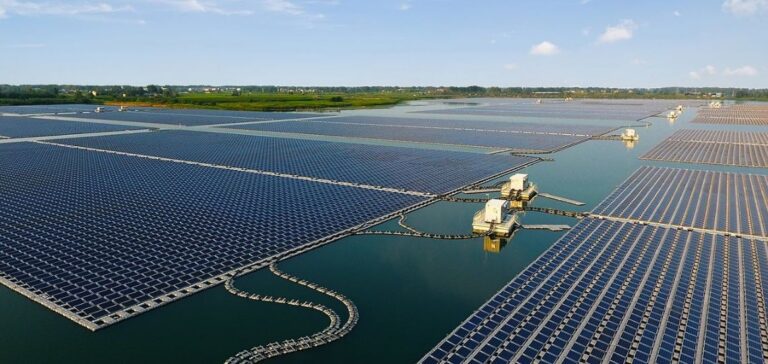The year 2024 marked a significant milestone for the US community solar market, with a record 1.7 GW of capacity installed, a 35% increase compared to 2023. According to a report released by Wood Mackenzie in collaboration with the Coalition for Community Solar Access (CCSA), this growth was led by three states: New York, Maine, and Illinois, which all broke their own annual records and accounted for 83% of the national volume. Cumulative community solar installations now total 8.6 GW.
Caitlin Connelly, the lead analyst of the report, emphasized that while the performance was impressive, it also highlighted the saturation of key markets, which will likely struggle to maintain the same growth rates in the long term. Emerging markets have been slow to ramp up, and program size caps limit their potential, creating a complex dynamic for the sector.
Uncertain future growth prospects
Wood Mackenzie’s report predicts that community solar growth in the US will contract by 8% annually on average through 2029, reaching a cumulative total of 15 GW by that time. This projection, however, depends on the evolution of federal policies and interconnection reforms. In an adverse scenario, the growth outlook could contract by 40% over the next five years, while a more favorable scenario could increase the installed capacity by 37%.
Legislation and federal support: Potential growth drivers
Growth could still be fueled by new state markets. Over the past year, several states, including Pennsylvania, Ohio, Missouri, and Georgia, have advanced legislation supporting community solar, with increasing bipartisan support. If these programs materialize, they could boost the base case growth outlook by 16% by 2029.
The role of lawmakers remains crucial in this development, especially as large-scale energy plans like Pennsylvania’s Lightning Energy Plan, which includes community solar, reflect the growing commitment of states to integrate this energy source into their long-term strategies.
Market concentration and the impact of new legislation
The US community solar market remains highly concentrated. In 2024, the top five installers captured 19% of the market, down from 25% in 2023, and the top 10 asset owners accounted for 54% of the year’s installations. Leading players such as Nexamp, AES Clean Energy, and Nautilus Solar dominate the sector.
The growth potential of community solar also depends on its ability to serve low- and moderate-income (LMI) communities. Currently, New York and Massachusetts account for 49% of the capacity deployed for LMI subscribers, highlighting the importance of state and federal incentives. However, uncertainty around federal programs such as the LMI Communities adder and Solar for All funding could limit the long-term growth of this segment.
Challenges to overcome to sustain growth
Despite impressive performances in 2024, several obstacles remain to maintaining this momentum. Key challenges include delays in interconnection and administrative complexity, which are limiting the rapid deployment of community solar. Developers are working to adapt their business models, particularly by exploring new avenues for community-scale development.
As demand for community solar from both customers and the grid has never been higher, solutions need to evolve quickly to meet this growing pressure while addressing complex political and infrastructure requirements.






















